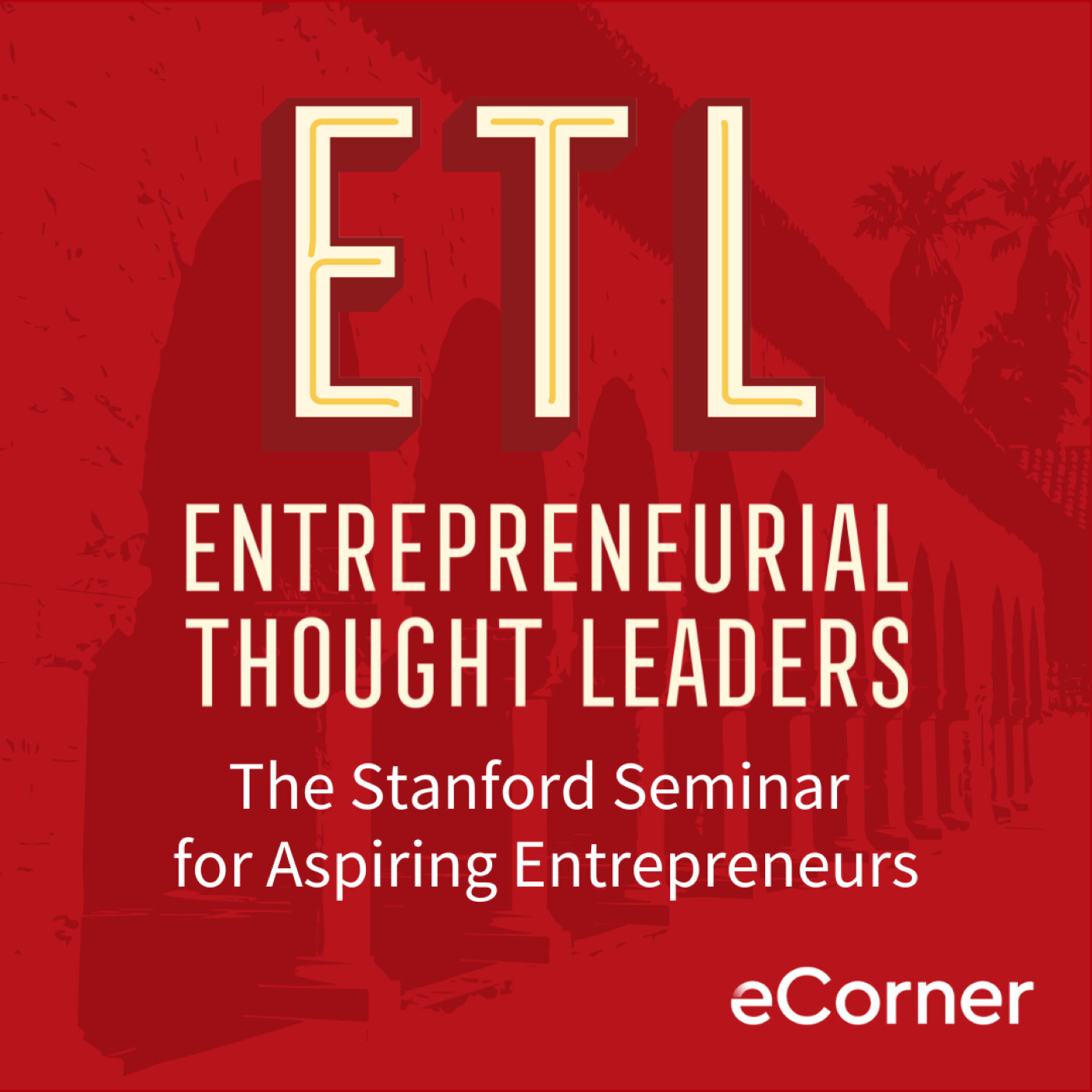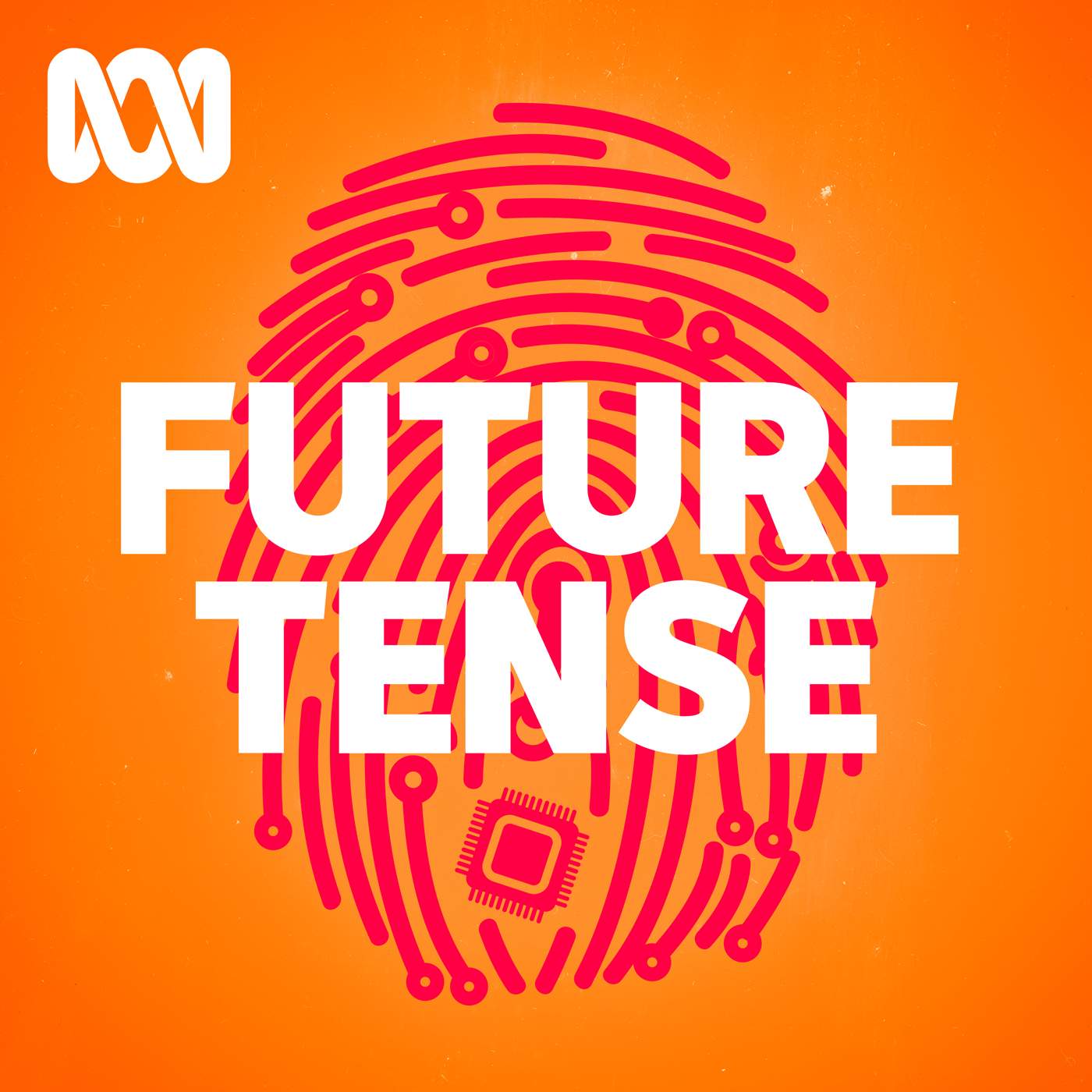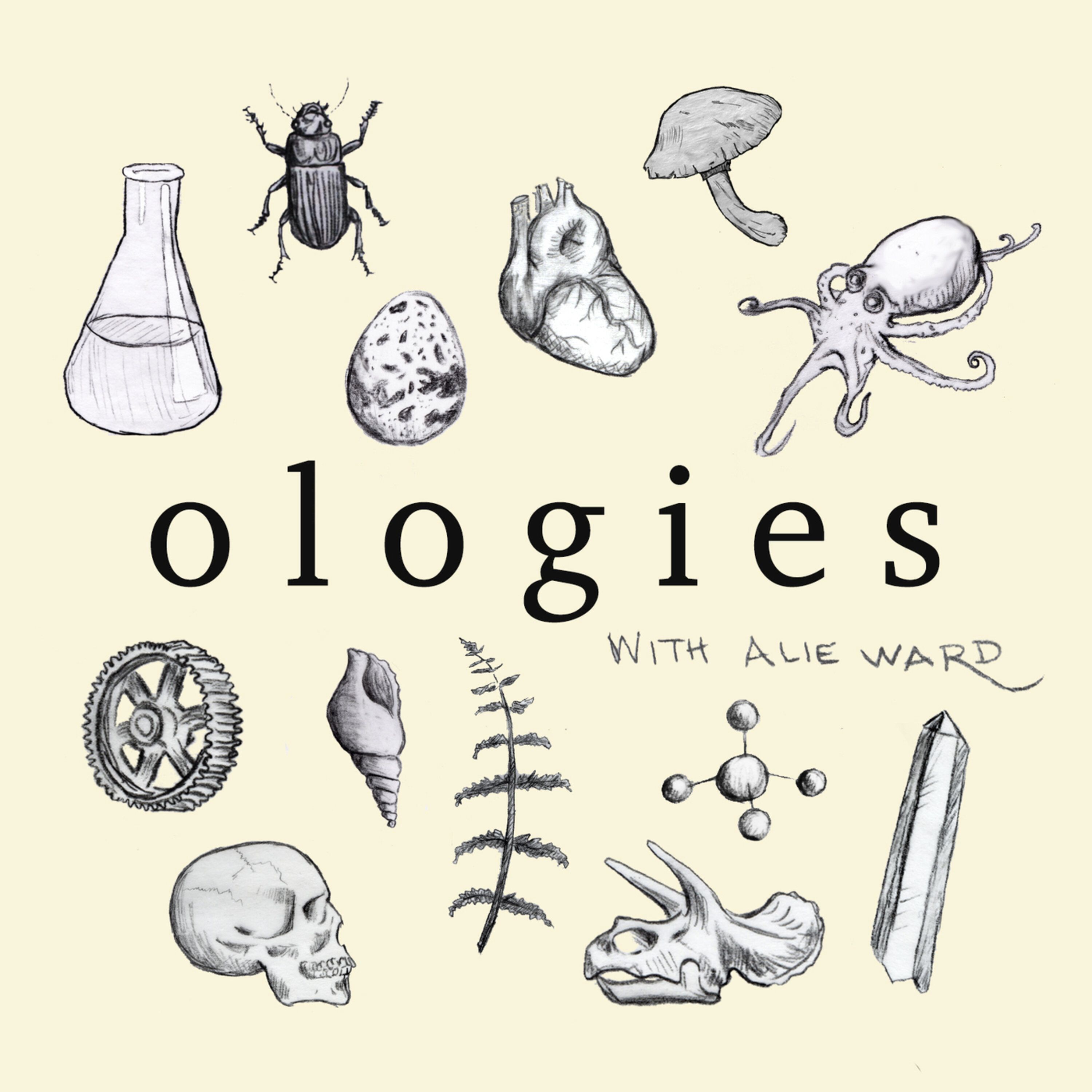
Heliox: Where Evidence Meets Empathy 🇨🇦
Join our hosts as they break down complex data into understandable insights, providing you with the knowledge to navigate our rapidly changing world. Tune in for a thoughtful, evidence-based discussion that bridges expert analysis with real-world implications, an SCZoomers Podcast
Independent, moderated, timely, deep, gentle, clinical, global, and community conversations about things that matter. Breathe Easy, we go deep and lightly surface the big ideas.
Curated, independent, moderated, timely, deep, gentle, evidenced-based, clinical & community information regarding COVID-19. Since 2017, it has focused on Covid since Feb 2020, with Multiple Stores per day, hence a sizeable searchable base of stories to date. More than 4000 stories on COVID-19 alone. Hundreds of stories on Climate Change.
Zoomers of the Sunshine Coast is a news organization with the advantages of deeply rooted connections within our local community, combined with a provincial, national and global following and exposure. In written form, audio, and video, we provide evidence-based and referenced stories interspersed with curated commentary, satire and humour. We reference where our stories come from and who wrote, published, and even inspired them. Using a social media platform means we have a much higher degree of interaction with our readers than conventional media and provides a significant amplification effect, positively. We expect the same courtesy of other media referencing our stories.
Heliox: Where Evidence Meets Empathy 🇨🇦
Dead Zones: Why School Yards Are Failing Our Kids
Read article on Substack
Listen on YouTube
Step into the fascinating world of school greenspaces as we unpack groundbreaking research from Auckland, New Zealand that challenges everything we thought we knew about school environments. Did you know that despite every school having trees, their ecological quality scores are surprisingly low? In this eye-opening episode, we explore how sports fields might actually be working against biodiversity, why artificial turf is more problematic than you think, and the unexpected finding that a school's wealth doesn't determine its greenspace quality.
We'll delve into the cultural significance of native plants like harakeke and ti kōuka in Māori culture, and reveal how schools are inadvertently becoming part of a larger ecological network - for better or worse. From pest management challenges to the surprising relationship between schools and their neighboring wild spaces, this episode offers fresh perspectives on transforming our children's daily environments. Whether you're an educator, parent, urban planner, or simply someone who cares about the future of our urban ecosystems, you won't want to miss these fascinating insights about the hidden potential of school grounds. Join us as we explore how simple changes in school landscapes could create a ripple effect for urban biodiversity, cultural connection, and environmental education.
Reference: Vegetation complexity and greenspace diversity in urban schools
This is Heliox: Where Evidence Meets Empathy
Independent, moderated, timely, deep, gentle, clinical, global, and community conversations about things that matter. Breathe Easy, we go deep and lightly surface the big ideas.
Thanks for listening today!
Four recurring narratives underlie every episode: boundary dissolution, adaptive complexity, embodied knowledge, and quantum-like uncertainty. These aren’t just philosophical musings but frameworks for understanding our modern world.
We hope you continue exploring our other podcasts, responding to the content, and checking out our related articles on the Heliox Podcast on Substack.
About SCZoomers:
https://www.facebook.com/groups/1632045180447285
https://x.com/SCZoomers
https://mstdn.ca/@SCZoomers
https://bsky.app/profile/safety.bsky.app
Spoken word, short and sweet, with rhythm and a catchy beat.
http://tinyurl.com/stonefolksongs
Curated, independent, moderated, timely, deep, gentle, evidenced-based, clinical & community information regarding COVID-19. Since 2017, it has focused on Covid since Feb 2020, with Multiple Stores per day, hence a large searchable base of stories to date. More than 4000 stories on COVID-19 alone. Hundreds of stories on Climate Change.
Zoomers of the Sunshine Coast is a news organization with the advantages of deeply rooted connections within our local community, combined with a provincial, national and global following and exposure. In written form, audio, and video, we provide evidence-based and referenced stories interspersed with curated commentary, satire and humour. We reference where our stories come from and who wrote, published, and even inspired them. Using a social media platform means we have a much higher degree of interaction with our readers than conventional media and provides a significant amplification effect, positively. We expect the same courtesy of other media referencing our stories.
Welcome to another deep dive. You know, it's so much to read, so little time. Right. Well, today we're getting into some research that's pretty close to home, really. I mean, literally, it's about those green spaces in urban primary schools. Yeah, it's a cool study done in Auckland, New Zealand. Auckland, New Zealand. Yeah, and this isn't like some niche thing just about islands, you know. Right, right. It gets to, like, how we think about designing spaces for kids and nature. Especially, yeah, in an urbanized world. Exactly. More and more people are living in cities. Exactly. And I feel like, you know, we all have this image of the schoolyard. Yeah. But did they just, like, use satellite pictures or something for this study? Actually, no. They went to 64 different schools. Oh. They were out there, boots on the ground, identifying plants. Hands-on research. Totally. They measured trees, everything. They even gave each green space a habitat quality score. Okay, so what'd they find? Were these schoolyards like little oases or something? Well, that's the thing. On a scale of 0 to 241, the average score was only 25.77. Oh, wow. That's pretty low. Yeah. I mean, think about it. Think about the schools you've seen. Yeah. Do they really feel like, you know, thriving ecosystems? That's true. That's true. You'd think at least the schools in wealthier neighborhoods would have, I don't know, like, really nice, biodiverse green spaces. You'd think, right. Yeah. But that's actually one of the interesting findings. Really? Socioeconomic status didn't really predict how good the green space was. Huh. So it's not just about throwing money at it, then. It seems like it's more complicated than that. Yeah, interesting. So if money's not the, like, the magic bullet, what were these school green spaces actually like, then? What did they actually have? Okay, so picture this. The most common thing they saw was individual trees. Okay, trees. Yeah, that makes sense. That's a good start. But then, get this. 97% of schools had sports fields. Sports fields. So lots of open space. Right. Tons of it. Which, I guess, you know, for kids to run around, makes sense. Of course. Yeah. Gotta have that. Yeah. But ecologically speaking, is that good? I don't know. Well, think about how you maintain a sports field, right? It's gotta be mostly clear. Yeah, you need that flat surface. Exactly. So, fewer large trees, not a lot of variety in plants. Right. And a lot of the time, completely missing what ecologists call the shrub layer. Shrub layer. Like, bushes and things. Yeah, think of it as like the middle story of a forest, you know? Oh, hoo. Provides shelter, food, all sorts of stuff. For, like, bugs and birds and everything. Exactly. A whole bunch of creatures rely on that. So, without it, you're basically saying it's a simpler ecosystem. Way simpler. And less resilient, too. Mm. That makes sense. And then, on top of that, over two-thirds of these schools had artificial turf. Artificial turf. Well, that doesn't sound very green to me. Right. That's the question. It has its pros, don't get me wrong. Oh, I'm sure. Low maintenance, it's durable, you can use it year-round. Makes sense. But from an ecological perspective, it's basically dead space. No habitat, no food, no connection to the local, anything, really. So, we're trading off, what, convenience for the sake of the ecology? That's kind of the core of it, yeah. Oh, interesting. And it actually, this brings up another point from the study, they noticed the weeds. Weeds. The environmental weeds, the ones in the schoolyards. Yeah. Often, they were also in the properties nearby, like the neighborhood. Oh, so it's not like these schools are just isolated or whatever. What's happening in the schoolyard affects the bigger picture. Exactly, yeah. Like, whatever's going on in the school is connected to the whole neighborhood. That makes me wonder, could schools be like, I don't know, hubs for helping the whole neighborhood go green? Yeah. But I guess that's, we're getting a little ahead of ourselves. Yeah, let's stick with the schoolyards for now. Okay, okay, fair enough. So, let's talk solutions. What can these schools actually do to make these spaces better? Well, the study emphasizes, like, we've got to think bigger than just green, as in grass. Yeah, like a lawn, that's not enough. Not even close. We need a more holistic approach. Holistic, right. So, what would that look like? How do they create these, like, layered ecosystems we were talking about? Well, one simple thing is adding more of that shrub layer we talked about. Right. Give those middle child plants a chance. Yeah, exactly. It can make a huge difference. But it's not just about any shrubs. Oh, right. What kind matters? Totally. More variety in the native plants, that's what's linked to a stronger ecosystem. So, instead of just planting the same old, same old. Right. Get creative. There's tons of awesome native plants out there. Yeah, I have to say, a lot of schoolyards I see just have, like, really basic landscaping. It's true, they don't put a lot of thought into it. Yeah, it's like they just see it as a space for recess, not, you know, for nature or anything. And that's where the research talks about this idea of the multifunctional schoolyard. Multifunctional, so it's like for learning and playing and nature all at once. Exactly. And they should have outdoor classrooms right in among the plants. Oh, that'd be cool. And edible gardens, so they're growing food for the school lunches. That's awesome. Nature trails, like little mini ecosystems, all kinds of stuff. Okay, now you're talking. I love that. It's like a living classroom right outside. It is, and there's all this research on how good nature is for kids. Yeah, reduces stress, helps them focus. Totally. Especially nowadays with kids spending so much time on screens. It's true. Gotta get them outside somehow. Right. So, yeah, these multifunctional spaces are becoming more and more important. Couldn't agree more. So, it sounds like designing a schoolyard this way, it's pretty different from, I don't know, the traditional way of doing things. Yeah, you gotta throw out that cookie cutter mentality. Right, make each one unique. Just the location, the kids, the whole environment. So, instead of just putting in like a swing set and calling it a day. Right, you gotta think holistically. So, holistically, okay. What are some of the big things to think about when you're designing like this? First off, you need different kinds of spaces within the schoolyard. Okay, different zones for different things. Yeah, like active play areas, then places for quiet time. Makes sense. Spots for outdoor learning, places to just explore nature. So, you could have like nature trails or those sensory gardens. Exactly, and maybe edible gardens, composting areas, even little wetlands if you have space. Wow, it's like a whole world for them to discover, right? But what about schools that don't have a ton of land? Even then, you can get creative, you know? Vertical gardens, green walls. Oh, right, rooftop gardens, all that. Exactly, you can always find a way to add some green. So, no excuses. But it's gotta be more than just planting things, right? Kids love to play. Of course, but you can use natural play elements. Oh, interesting. Like what? Logs, boulders, sand pits, maybe even some water features. It's like more open-ended play. Yeah, way more creative and engaging than those plastic playgrounds. Totally, and it gets them like really using their imaginations. That's the goal. Get them connected to nature in a hands-on way. So, this all sounds great, but how do schools actually make this happen? Well, step one is involving the whole school community. Oh, that's nice. It's like a group project. Exactly. Students, teachers, parents, everyone. Get everyone on board with the vision. Exactly. And then you've got to assess what you're working with. The existing school yard. Yeah, size, shape, what kind of soil you have, sun exposure, all that. So, you're working with the space, not against it. Right, and that tells you what plants will work, what features make sense. Okay, good point. And then that's when the fun starts, right? Yeah, developing the actual design plan. Rainstorm time. So, we've talked about the things to consider, but what are some actual tips for designing a school yard that really works? Okay, so we've talked about what's possible, but are there actually any schools out there doing this stuff? Oh, yeah, tons. Some really inspiring examples around the world, actually. Okay, all right, hit me with some examples. What are these eco-schools doing differently? Well, there's this one, the Edible School Yard Project. It started in Berkeley, California. California, okay. Yeah, by this chef, Alice Waters. They had this basically empty asphalt lot. Oh, wow. So, not much to work with. Nope, but they turned it into this amazing garden and kitchen classroom. Wait, so the kids are actually growing food and cooking it? Yep, it's all built right into their classes. That's so cool. It's not just like reading about it in a textbook. Right, it's hands-on, learning where your food comes from, sustainability, all that. And it's not just cooking skills, right? They're learning about nutrition, the environment. Totally, it all connects. That's incredible. Okay, what else? I need more of these. All right, how about this? Imagine a school that has a whole section just for unstructured nature play. Unstructured, so no rules, just go wild. Pretty much. That's what Evergreen Primary School in London did. They call it their forest school program. Okay, so we're talking mud pies, building forts, climbing trees. Exactly, that kind of free-range, imaginative play that a lot of kids don't get enough of these days. It's true. It seems like so many playgrounds now are all plastic and pre-made. Right, and there's research showing that forest schools are good for pretty much everything. Like their confidence, their social skills. Even their schoolwork, it can help with that. Wow, who knew? Just give them some sticks and stones and let them loose. Exactly, and there are others too, like Rosendale Primary in Melbourne. In Melbourne, Australia. Yeah, they've got rainwater harvesting, a frog pond, an indigenous food garden. It's amazing. See, it can be done. Oh yeah, and then there's the green school in Bali. That one's built entirely out of bamboo. Bamboo, wow. Yeah, the whole school is designed around this rainforest setting. These schools are really setting the bar high. Makes you wonder how we can get more schools to do this, you know? Right, how do we make these multifunctional schoolyards the standard? Yeah, exactly. I think a big part of it is just spreading the word. The more we talk about these cool schools, the more momentum we build. Right, like show people what's possible, get them excited about it. Yeah, instauration is key. And of course, there's the practical side too. Supporting schools that want to make these changes. Okay, so like what kind of support? There are organizations that offer guidance, training, sometimes even funding. Oh, that's good to know. So there's help out there if you know where to look. Exactly, but there's also the policy side of things. Right, like the rules and regulations around school design. Yeah, we need policies that actually prioritize good green spaces, not just the bare minimum. Yeah, like not just meeting some checklist, but really thinking about how these spaces can work for nature and for the community. Exactly. You know, it's funny, as we've been talking, I keep picturing this ripple effect. What if schools actually helped to green whole neighborhoods? Oh, that's a cool thought. Like imagine the kids working with people in their neighborhood, planting native plants, creating habitats for wildlife. That would be amazing. Right, like the schoolyard becomes this starting point for a greener city. It's a powerful idea for sure. And I think it goes back to what we were saying before, these school green spaces, they can be so much more than just empty space. Right, they could be places to learn, to play, to connect with your community, and to make a difference for the environment. Exactly. So, wow, we covered a lot today, from those not so great schoolyards to these amazing multifunctional ones, from getting the community involved to changing policies. It's a big topic. But here's one last thing to think about. What if we stopped seeing school green spaces as just belonging to the school? What if we thought of them as like community assets? Yeah, shared spaces that everyone can benefit from. That's a great way to put it. So, as you go about your day, take a look at the schoolyards around you. What could they be? Maybe you'll be inspired to start a little green revolution yourself. Find related articles for our podcast episodes at Heliox Podcasts on Substack, helioxpodcast.substack.com. Join the conversation.


















